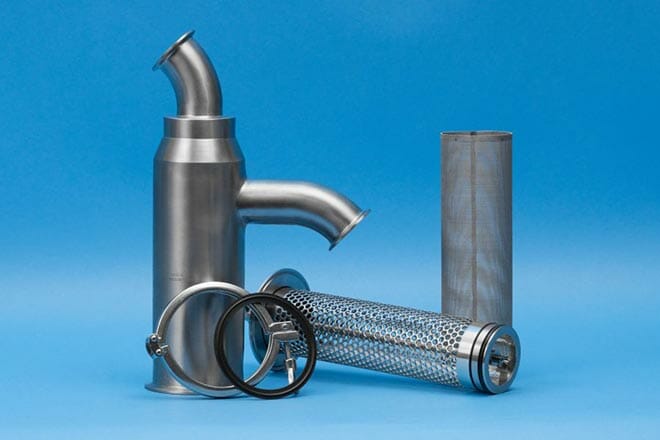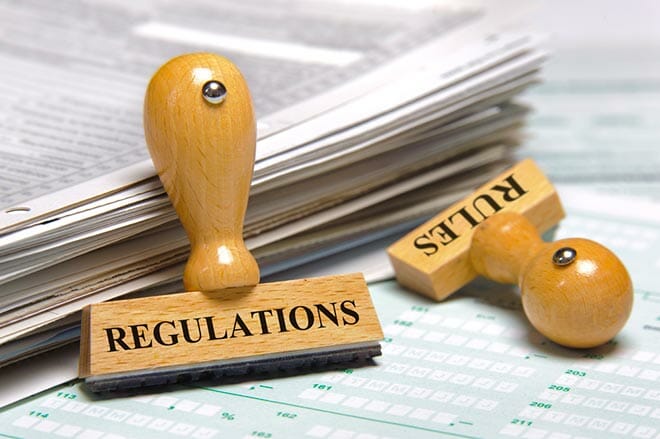Y strainers have gained a reputation as versatile, strong strainers. Part of the reason they are so useful is because Y strainers have inlets that protrude from the side of the unit, making it possible to install them in places where there isn’t room for an inlet on the end. They can be made from a variety of materials and accept several types of filter meshes. This makes it possible for them to handle a large number of materials types, flow volumes, fluid pressures, and other specifications.

Maintaining Sanitation with Your Y-Strainers
Sanitation is essential, especially if your plant produces foods, pharmaceuticals, or other materials that will ingested by or applied to the skin of humans. One of the keys to production sanitation is to choose strainers that are 3A certified.
What is 3A Certification?
This certification serves as proof that components meet the design standards of 3A Sanitary Standards, Incorporated. 3A refers to “three associations,” which originally got together to set sanitation standards in the 1920s. These associations were made up of regulatory sanitarians, equipment fabricators, and processors. Today there are actually four associations that participate, but the name “3A” has been retained due to its recognition.
What Standards Are Promoted by 3A?
The standards group is interested in helping public health and production sanitation by setting criteria for the manufacture of key food production equipment. These criteria are meant to ensure that the parts are sanitary from the start and they can be sanitized during their useful lifespans.
Do You Need a 3A-Certified Strainer if Your Company Doesn’t Produce Food Products?
It is actually a good idea to use a sanitary strainer in any application where contamination could be a problem. Even if the end product isn’t a food, pharmaceutical, cosmetic, or other sensitive substance, bacteria and other contaminants can cause short shelf life, fouled equipment, and other problems. Therefore, installing a sanitary Y-strainer is a great fit in almost all situations.

What Problems Can be Caused by Poor Sanitation?
Product contamination is the biggest problem when the product itself has to be free of germs, fungi, foreign substances, or other contaminants that could jeopardize the health of the end user. When such contaminants are found, they can result in recalls costing your company millions of dollars. High-value lawsuits may also be filed, especially if someone gets sick or is injured.
In products unrelated to health, contaminants can still render entire batches impossible to sell. Consumers demand that products meet their expectations of quality, texture, color, scent, and more. If something seems “off” or “stale,” they are likely to return the item or not buy it in the first place.
Poor sanitation can also cause problems with the functioning of production equipment itself. If your filter cannot be adequately cleaned, it can cause fluids to back up due to reduced flow. It could potentially release clots of material that can cause clogs and cause other issues with your product.
With these things in mind, it’s easy to see why you should use a 3A-certified inline Y strainer even if your products don’t legally have to be sterile. Making this simple change is excellent insurance against unexpected recalls, non-merchantability, and production equipment problems.
Key Takeaways
- 3A-Certified strainers are important parts of a strong sanitation program
- 3A is a group made up of several industry associations for the purpose of promoting good sanitation and public health
- Contamination can destroy product, force recalls, bring lawsuits, and foul production equipment
- 3A-certified Y strainers can be properly cleaned
To learn more about our 3A-certified Y-strainers and how they can work for you, just contact us here at SaniClean Strainers. We make strainers with a huge variety of materials that can surely meet your specifications for your applications.
